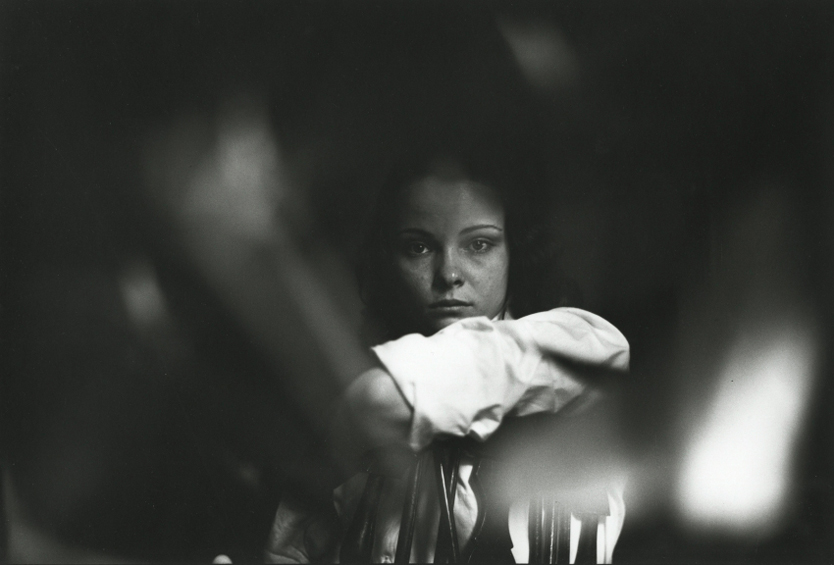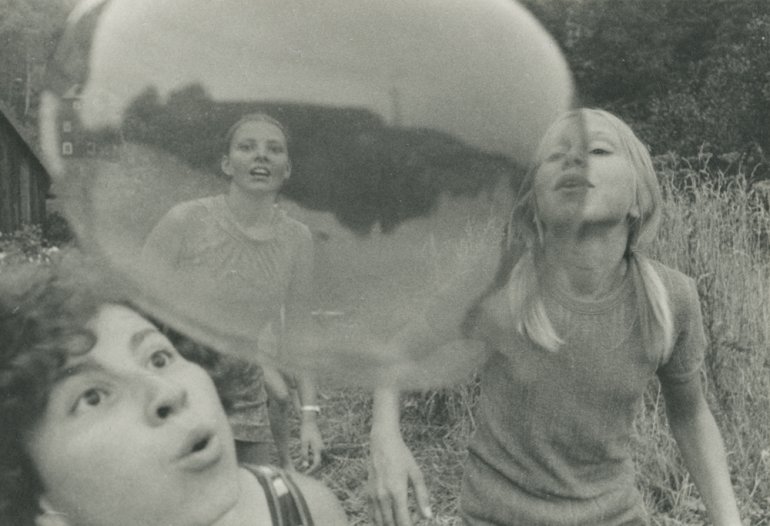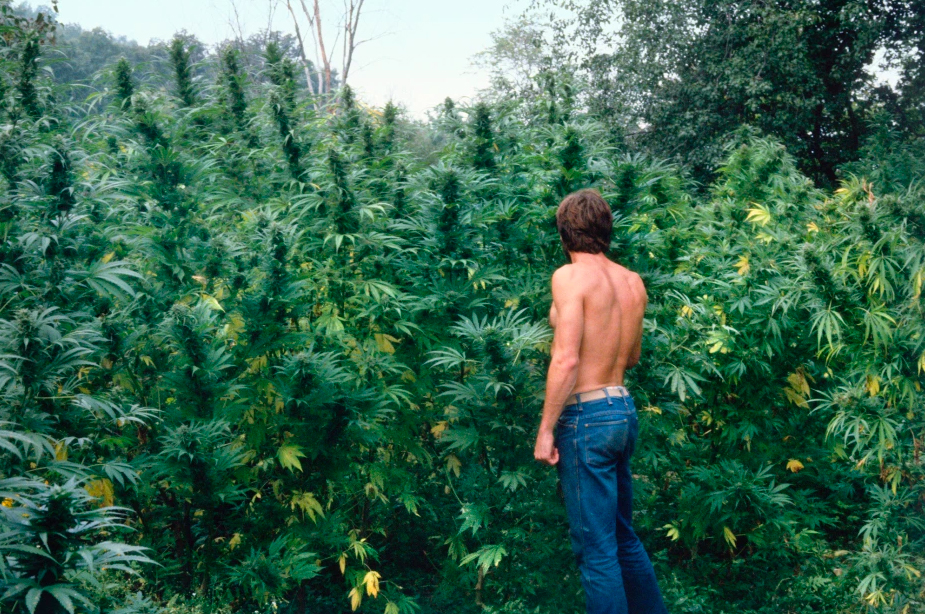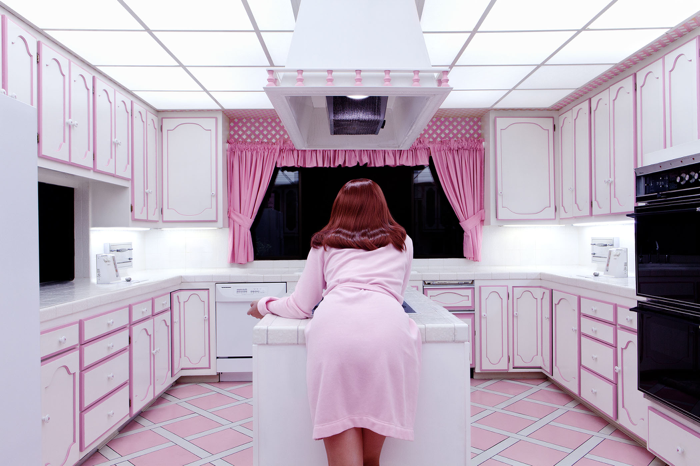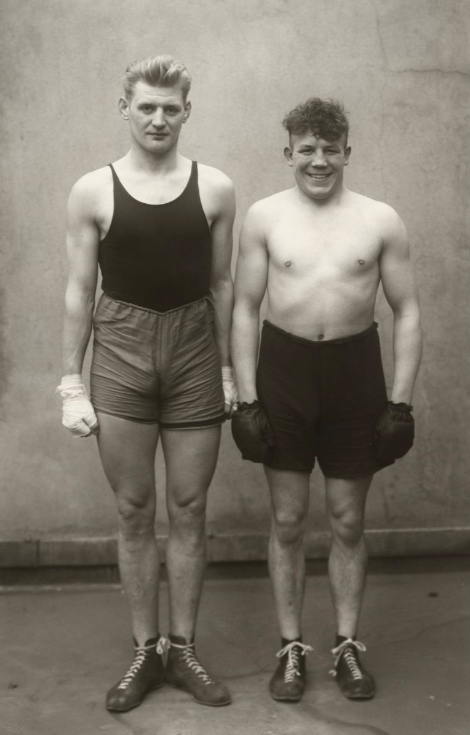SAUL LEITER – IN MY ROOM
2018-06-18Fed by thrilling recent discoveries from Saul Leiter’s archive, the exhibition reveals the world of the artist and the women in his life through his studies of the female figure. Often illuminated by the lush natural light of Leiter’s studio in New York City’s East Village, these black-and-white images uncover the mutual and empathetic collaboration between the artist and his subjects.
In the 1970s, Leiter planned to make a book of his nudes, but never realized the project in his lifetime. The exhibition and upcoming book offer a first-time look at this body of work, which Leiter began on his arrival in New York in 1946 and continued throughout the next two decades. Leiter, who was also a painter, incorporates abstract elements into these photographs and often shows the influence of his favorite artists, including Bonnard, Vuillard, and Matisse.
The prolific Leiter, who painted and took pictures fervently up to his death, worked in relative obscurity well into his eighties. Leiter preferred solitude in life, and resisted any type of explanation or analysis of his work. With In My Room, he ushers viewers into his private world while retaining his strong sense of mystery.
Leiter made an enormous and unique contribution to photography with a highly prolific period in New York City in the 1940s and ’50s. His abstracted forms and radically innovative compositions have a painterly quality that stands out among the work of his New York School contemporaries.
Opposite – Jean, c.1948
Exhibition runs through to June 30th, 2018
Howard Greenberg Gallery
The Fuller Building
41 East 57th Street
Suite 1406
New York, NY 10022
